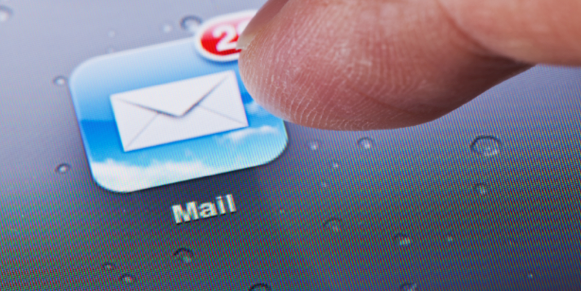Email, it’s the way the world communicates. With more than an estimated 294 billion emails sent each day, email overload is a growing concern. If you’re like me, from the time you leave the office each night to when you return in the morning, there is something in excess of 60 unread emails sitting in your inbox – a pretty daunting way to start the morning.
Email overload is a well documented, growing problem. With email reducing employee productivity, the inability to focus, as well as causing emotional and physical stress, it’s no surprise that we’re seeing the rise in popularity of activity streams, but are they really a viable substitute?
In a recent FastCompany article, David Lavenda discusses the pros and cons of the popular growing alternative to email. According to Lavenda, “The advantages of an activity stream over email are several-fold. A producer of information can simply broadcast information to the world without having to connect to every recipient.” Inside an organization, this is a great way to ramp up new hires or new project members. Instead of creating a summary and then relaying it to each of the new comers, simply have them follow the project activity stream. Lavenda points out that by adopting such a strategy, it “makes is easy for this team member to reach out to colleagues with new ideas, status updates, or questions, without creating an email storm.”
Another excellent benefit of the activity stream is the elimination of the dreaded, messy, frustrating infinite email thread. You know the ones I’m talking about. The ones where someone asks “Who changed the password and what is it?” which is inevitably followed up with 10 different emails saying “Not me” or “I think this might by the correct new one, but I’m not sure”. Before you know it, 20 emails have just been created that you have to sift through and try to discern who’s saying what. Now take this and multiple it across an entire organization and it’s not hard to see how it can quickly get pretty ugly.
While activity streams are beneficial, for anyone who’s used Twitter can tell you that they do open up their own can of worms. “For example, if you subscribe to even a few chatty folks (and there is always someone at work like this), an activity stream quickly turns into a torrent a cacophonic noise. The issue is that consecutive message lack context, which leads to a condition I call a ‘stream of unconsciousness.’”
In the consumer world, tools like TweetDeck and Hootsuite help you filter out the ‘noise’. By letting users filter content by keyword, people or tags, these tools help users strike a balance between the right content and noise. However, no matter the tool, reaching this balance requires a lot of manual work. According to Lavendra, “In the enterprise, the problem is even worse. Individual teams, departments, and divisions are already rolling out their own activity stream generators. Products that include enterprise social networking or microblogging capabilities create activity streams…Combining these products in a meaningful way brings new challenges, since the tolls are not interoperable.”
So Email or Activity Streams?
It’s safe to say that email isn’t going anywhere anytime soon. Lavenda writes, “Email is universal; its standards were hammered out years ago, so you don’t need to use a particular product to send or receive it. And most importantly, everyone feels comfortable with email. And changing behavior is the biggest impediment to getting new technologies adopted.” So dropping email completely and replacing it activity streams is a bit like taking a graduate course before finishing your undergrad degree: not yet grasshopper.

